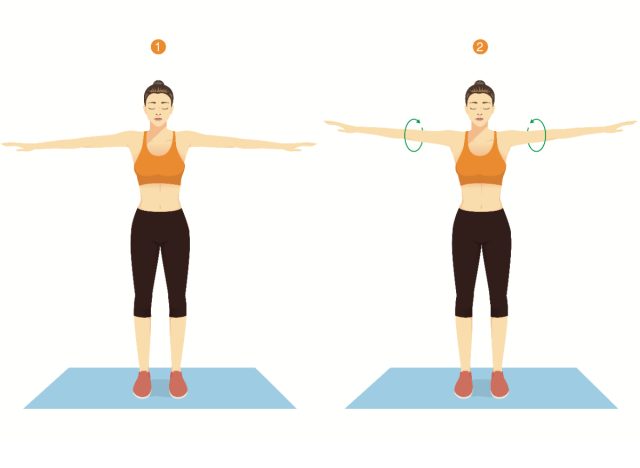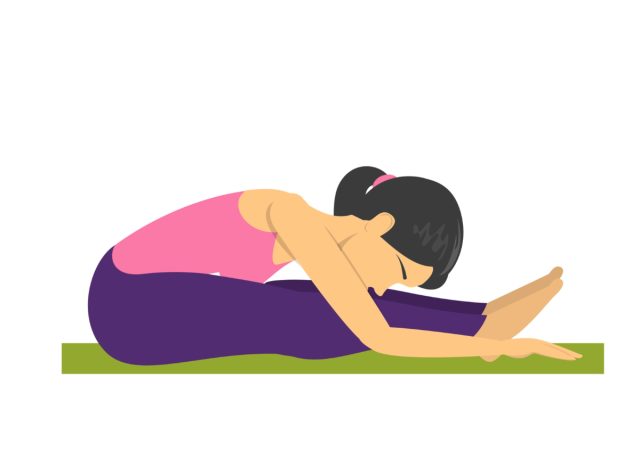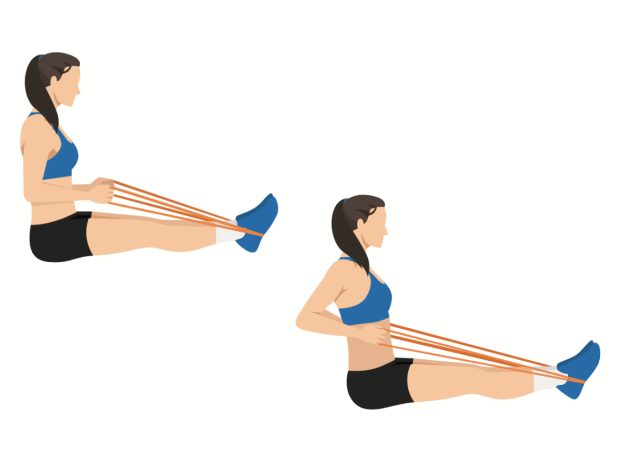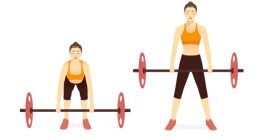Improving flexibility is essential for staying healthy and avoiding injuries. To boost your flexibility, I suggest including specific workouts in your regular routine. Below are seven effective workouts that combine stretching and strength exercises to help you enhance your flexibility. Each workout includes three exercises with detailed instructions, sets, and repetitions, serving as a complete guide to regain and sustain flexibility.
Incorporating these varied flexibility workouts into your schedule will expand your range of motion and improve your overall health. Remember to pay attention to your body, progress slowly, and seek advice from a fitness expert or healthcare provider if needed. Flexibility plays a vital role in a healthy and dynamic lifestyle, and these workouts present a comprehensive approach to help you reach your objectives.
Continue reading to discover the top workouts for enhancing flexibility. And once you’re done, don’t forget to explore The #1 Daily Workout To Regain Muscle Mass in Your Legs.
Workout #1: Dynamic Stretching Routine
Dynamic stretching engages muscles through a full range of motion, preparing the body for more intensive flexibility training.
1. Leg Swings
Stand with your feet shoulder-width apart. Swing one leg forward and backward in a controlled motion.
Sets: 3 | Reps: 15 per leg
2. Arm Circles

Extend your arms to the sides. Make small circular motions with both arms.
Sets: 3 | Reps: 20 seconds
3. Torso Twists
Stand with your feet shoulder-width apart. Rotate your torso from side to side, keeping your hips stable.
Sets: 3 | Reps: 20 twists (10 per side)
Workout #2: Yoga Flow for Flexibility
Yoga enhances flexibility, balance, and strength through dynamic poses.
1. Downward Dog to Plank
Start in downward dog. Inhale, and shift forward into a plank. Exhale, and lift your hips back into downward dog.
Sets: 3 | Reps: 10
2. Warrior II to Reverse Warrior
From Warrior II, flip your front palm and reach back. Keep your front knee bent and gaze upward.
Sets: 3 | Reps: 8 per side
3. Seated Forward Bend

Sit with your legs extended. Inhale, lengthen the spine; exhale, hinge at the hips.
Sets: 3 | Reps: 15 to 20 seconds hold
Workout #3: Pilates for Core Flexibility
Pilates focuses on core strength, stability, and flexibility.
1. The Saw
Sit with your legs extended and your arms parallel to the floor. Rotate your torso to one side while reaching toward the opposite foot.
Sets: 3 | Reps: 12 (6 per side)
2. Scissor
Lie on your back, legs extended to the ceiling. Lower one leg toward the floor while keeping the other lifted. Alternate in a scissor motion.
Sets: 3 | Reps: 10 per leg
3. Mermaid Stretch
Kneel with one leg bent to the side and the other extended. Reach toward the side, feeling a stretch along the torso.
Sets: 3 | Reps: 15 seconds per side
Workout #4: Resistance Band Stretching Circuit
Incorporating resistance bands adds intensity to stretches and engages muscles.
1. Seated Leg Pulls

Sit with your legs extended, and loop the band around your feet. Flex your feet, pulling the band toward your chest.
Sets: 3 | Reps: 12
2. Lateral Leg Raises
Lie on your side, and loop the band around your ankles. Lift the top leg laterally against resistance.
Sets: 3 | Reps: 15 per side
3. Chest Opener
Stand with the band behind your back, holding it with both hands. Open your arms wide, stretching the chest.
Sets: 3 | Reps: 20 seconds hold
Workout #5: Foam Rolling Routine for Muscular Flexibility
Foam rolling promotes myofascial release, alleviating muscle tightness and improving flexibility.
1. Quadriceps Roll
Lie face down with the foam roller beneath your thighs. Roll from the hip to just above the knee.
Sets: 3 | Reps: 1 minute per leg
2. Thoracic Spine Roll
Sit with the foam roller positioned along your upper back. Roll from the base of the neck to the mid-back.
Sets: 3 | Reps: 1 minute
3. IT Band Roll
Lie on your side with the foam roller beneath the outer thigh. Roll from the hip to just above the knee.
Sets: 3 | Reps: 1 minute per leg
Workout #6: Ballet-Inspired Stretching Routine
Ballet-inspired stretches can improve flexibility and posture while promoting graceful movement.
1. Plié to Arabesque
Stand with your feet in a wide stance, toes turned out. Bend your knees into a plié, then extend one leg behind in arabesque.
Sets: 3 | Reps: 10 per leg
2. Port de Bras
Stand tall with your arms extended to the sides. Slowly circle your arms overhead, then bring them back down.
Sets: 3 | Reps: 12
3. Attitude Stretch
Stand with one leg lifted behind, knee bent. Grab your foot, and gently pull it toward your glutes.
Sets: 3 | Reps: 15 seconds per side
Workout #7: Tai Chi Flow for Flexibility and Balance
Tai chi combines slow, flowing movements with deep breathing to enhance flexibility and balance.
1. Cloud Hands
Stand with your feet shoulder-width apart, knees slightly bent. Shift your weight to one side while circling your arms in front of you.
Sets: 3 | Reps: 10 rotations in each direction
2. Wave Hands Like Clouds
Begin with your feet shoulder-width apart and your arms extended to the sides. Shift your weight to one leg while reaching overhead with the opposite arm.
Sets: 3 | Reps: 8 per side
3. Single Whip
Start with your feet shoulder-width apart, one foot slightly in front of the other. Shift your weight to the back leg while extending the front arm forward.
Sets: 3 | Reps: 12 (6 per side)
Frequently Asked Questions (FAQs) – 7 Top Exercises to Improve Flexibility
Why is flexibility important?
Flexibility is important for maintaining optimal posture, reducing the risk of injury, and enhancing athletic performance. It also helps in everyday activities by allowing a wider range of motion.
Is it necessary to warm up before doing flexibility exercises?
Yes, warming up before flexibility exercises is crucial to prepare the muscles and joints for stretching. It helps increase blood flow to the muscles, making them more pliable and reducing the risk of injury.
What are some common stretches to improve flexibility?
- Hamstring Stretch: Sit on the floor with one leg straight and the other bent. Reach for the toes of the extended leg.
- Quad Stretch: Stand on one leg, bending the other leg and holding the ankle towards the glutes.
- Shoulder Stretch: Bring one arm across the body and use the other arm to hold it in place, stretching the shoulder.
How often should flexibility exercises be done?
Ideally, flexibility exercises should be done at least 2-3 times a week to see improvements in flexibility over time. Consistency is key when it comes to flexibility training.
Can flexibility exercises help with back pain?
Yes, regular flexibility exercises can help alleviate back pain by improving posture, reducing muscle tension, and increasing range of motion in the spine.
Are there specific exercises to avoid if you’re not very flexible?
Avoid exercises that require a high degree of flexibility, such as advanced yoga poses, until your flexibility improves. Start with basic stretches and gradually progress to more challenging exercises.
Is it normal to feel discomfort during stretching?
It is normal to feel a mild discomfort or tension during stretching, but you should not feel sharp or intense pain. Stretching should never be painful, so listen to your body and ease off if you feel any sharp pain.






